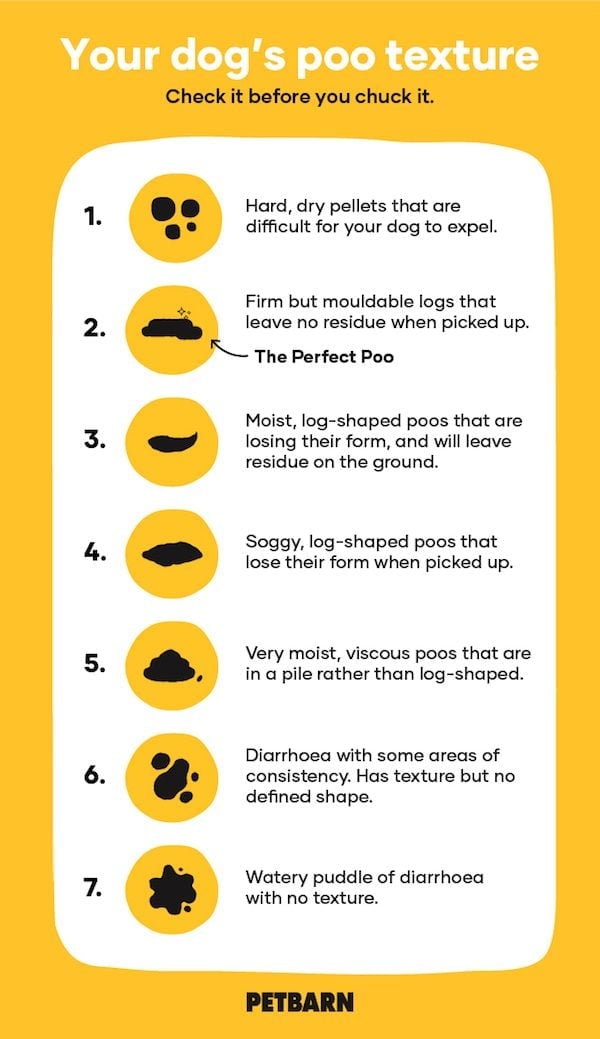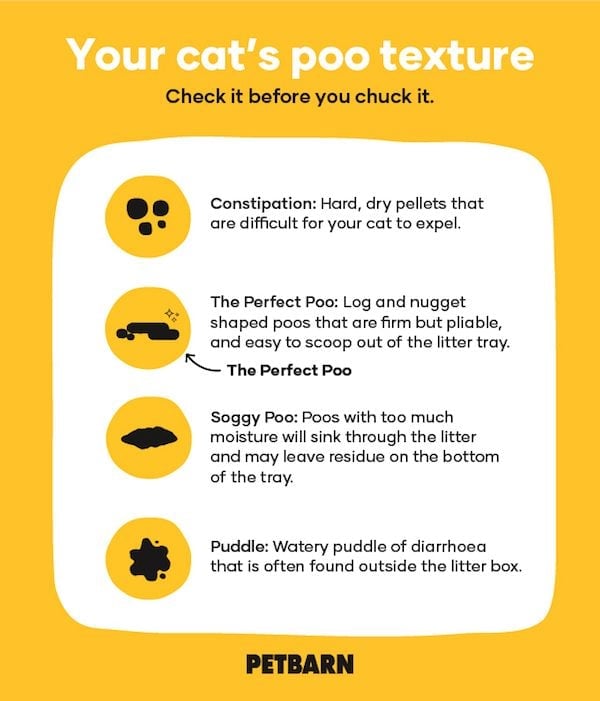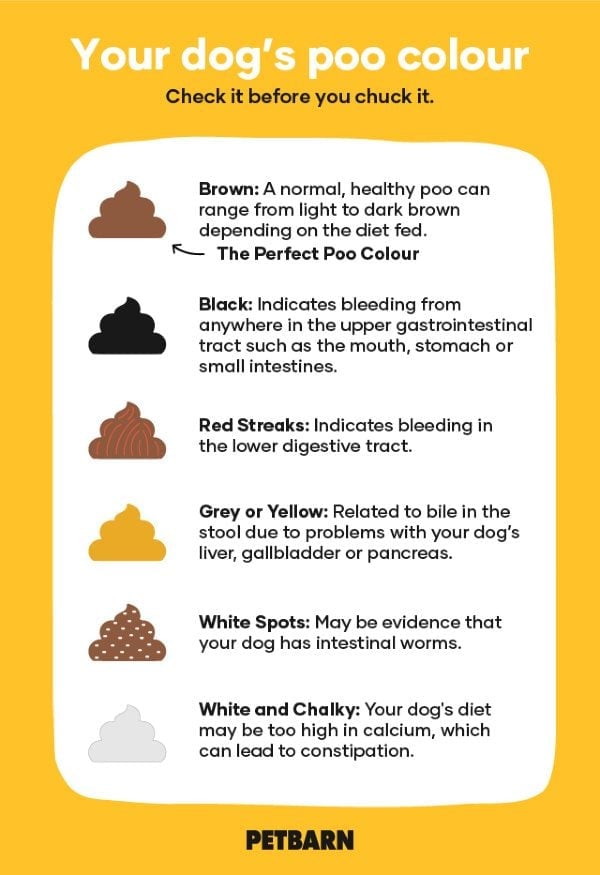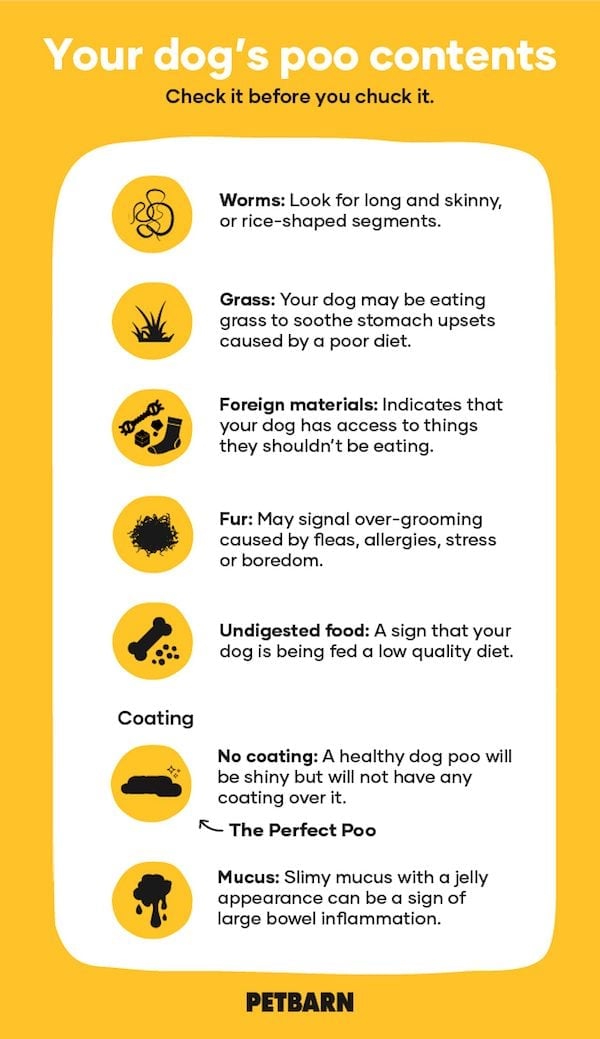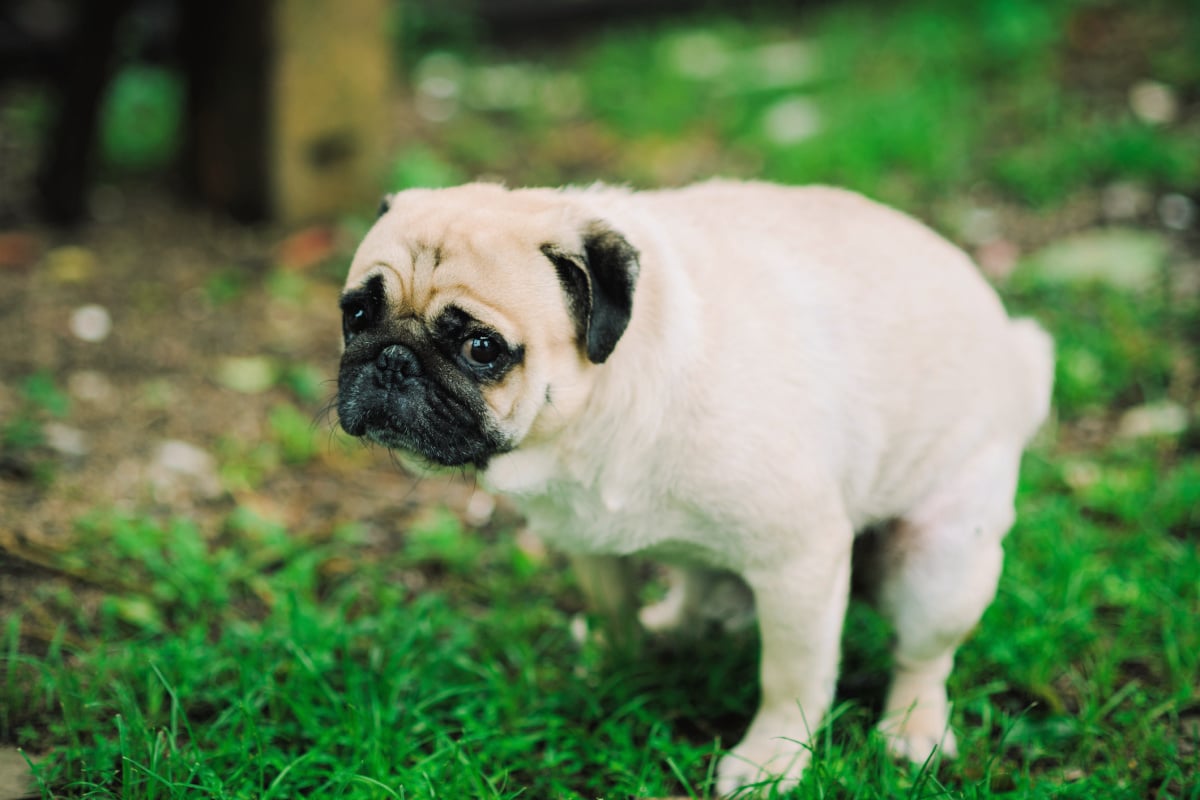
Pets bring so much joy into our lives, but most pet owners wouldn’t describe their pet’s faeces as particular joyous.
Because no matter how ridiculously cute/fluffy/sassy/bad arse your beloved dog or cat is, the fact remains that they need to poo multiple times a day and you have to clean up after them.
For cat owners, that looks like chucking the kitty litter out as quickly as you can so it doesn’t stink out your home.
For dog owners, that looks like picking the crap off the ground as quickly and inconspicuously as possible before strangers have the chance to judge you.
But have you ever stopped to look at your pet’s poo? Like, really examine it for all its intricacies?
Check out these celebrities with their cuddly pets who they may or may not personally pick up after in the video below. Post continues after video.
According to Dr Veronica Monaghan, Chief Veterinary Officer at Greencross Vets, pet owners should take the time to check their pet’s poo before chucking it out as it could be an indicator of a health problem.


